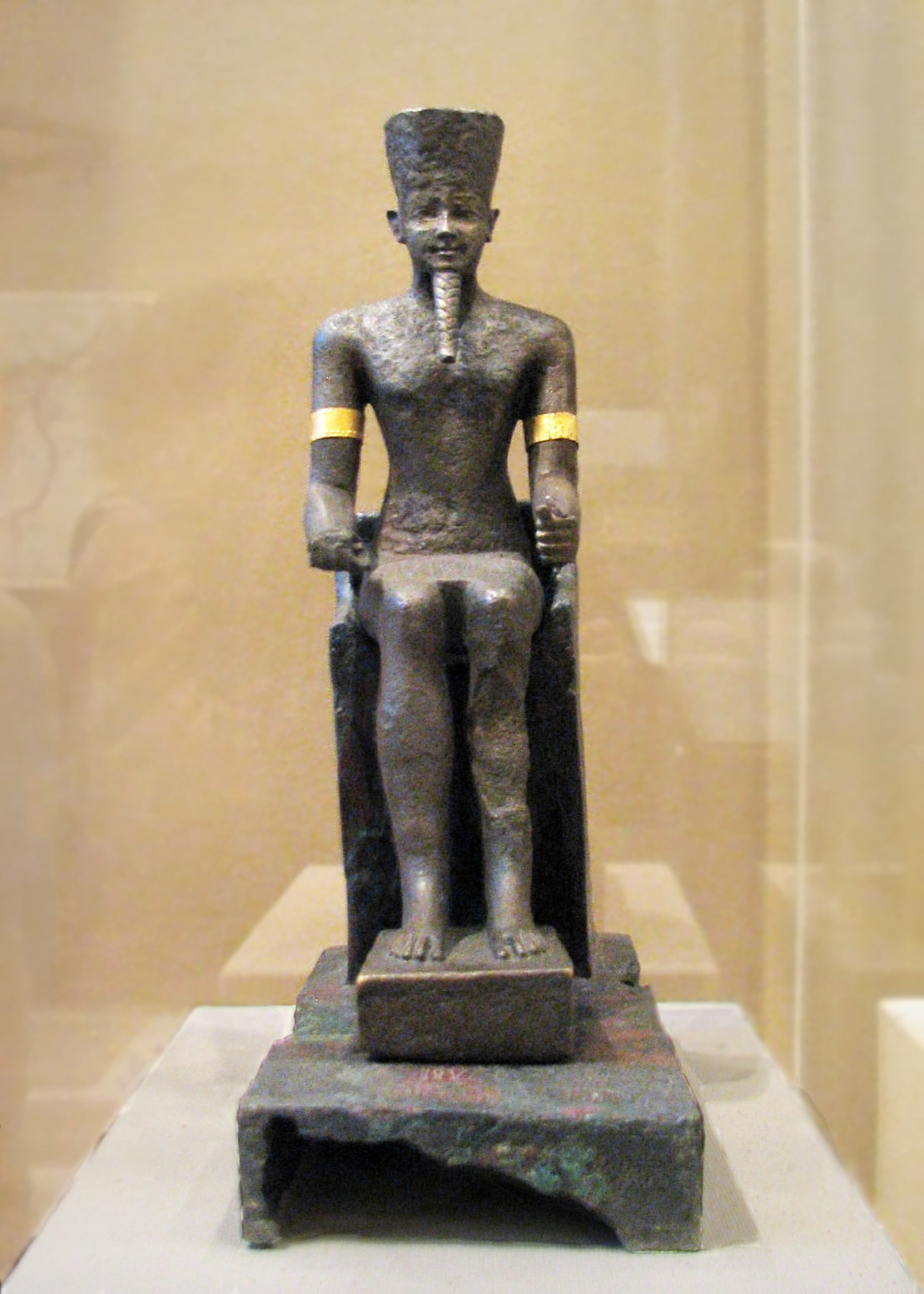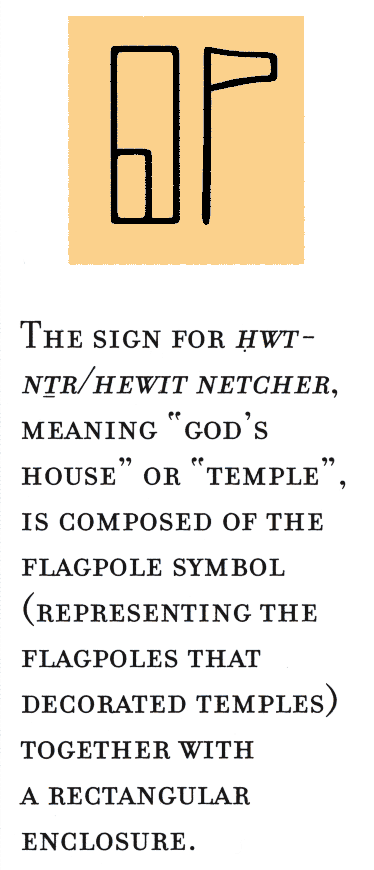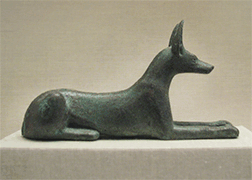
Bronze, gold, H: 9 3/8 in (24 cm)
Late Period, Dynasty 26, reign of Amasis, 664-525 BCE
Purchased in Cairo, 1920, OIM 10584 A/B
Photo ©Joan Ann Lansberry, 2010
 Bronze, gold, H: 9 3/8 in (24 cm) Late Period, Dynasty 26, reign of Amasis, 664-525 BCE Purchased in Cairo, 1920, OIM 10584 A/B Photo ©Joan Ann Lansberry, 2010 |
|
(Phrases in quotes from _The Complete Gods and Goddesses of Ancient Egypt_, by Richard Wilkinson, pages 92-94) "One of the most important gods of ancient Egypt, Amun is first mentioned, along with his consort Amaunet, in the Pyramid Tests." Only a local Theban god then, he gradually rose in pre-eminence. "The Egyptians themselves called him Amun asha renu or 'Amun rich in names'", implying that only with all those names could one fathom his complexity. One of his epithets was "mysterious of form", and "it is possible that his name originally referred to Amun as the invisible power of the wind." Just think of the word for 'god', neter: "The sign for hwt-ntr/hewet netcher, meaning 'god's house' or 'temple' is composed of the flagpole symbol (representing the flagpoles that decorated temples), together with a rectanglur enclosure." (From _Decoding Egyptian Hieroglyphs_, by Bridget McDermott)  The word for 'god' is this flagpole. But it is not the flagpole, it is the invisible power which moves that flag that is the concept of 'god'.
(From _The Complete Gods and Goddesses of Ancient Egypt_, by Richard Wilkinson, page 94)
(From _Ancient Egypt: Treasures of the Oriental Institute_, by Emily Teeter, pages 83-84): "The sides of the throne are decorated with feather patterns. The back of the throne is detailed with an inverted papyrus and lotus pattern, as if the top of the fabric seat cover was looped up over the back of the chair, presenting the pattern upside down. "The date of this piece and its historical importance are securely fixed by an inscription on its base that states it was dedicated during the lifetime of Nitocris II, the daughter of King Amasis." Nitocris II was "First Priest of Amun" and "also held the title 'Adoratress of the God,' and, as attested elsewhere, 'God's Wife of Amun,' the highest offices in the Theban theocratic administration." The info card reflects my time of visit, during the “Pioneers to the Past: American Archaeologists in the Middle East, 1919-1920,” exhibit. It was about James Henry Breasted, the founder of the Oriental Institute at the University of Chicago, and his expedition to acquire significant works for the Institute's museum.
(From info card) "I have secured some wonderful things. A noble collection of bronzes selected from a whole series of many hundreds which have been collecting in the hands of dealers during years of the war."" Chicago's Art Institute also had confidence in Breasted's judgment, and sent him money to enrich their collection as well. Among those pieces are a bronze statuette of a jackal which Breasted declared "the finest animal figure of its size" that he had seen in Egypt":
 Not quite seven inches long, it has a sense of noble energy usually seen only in larger pieces. |


